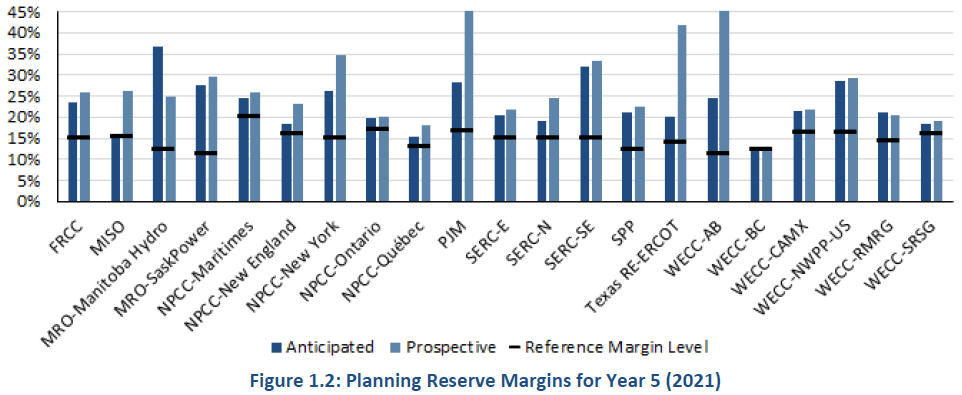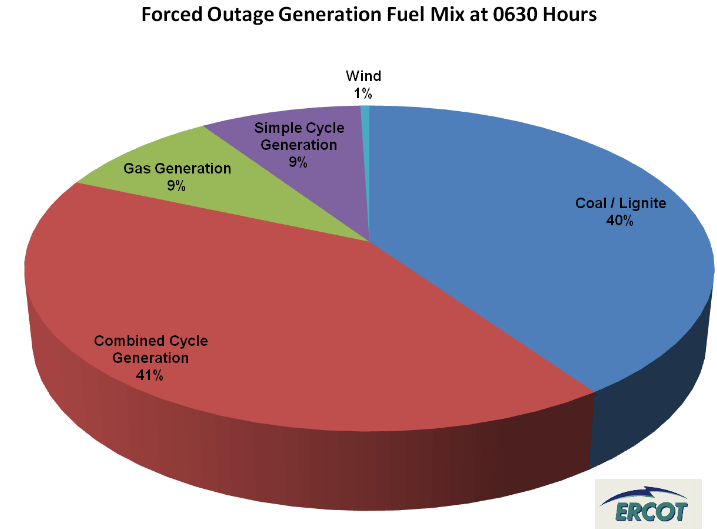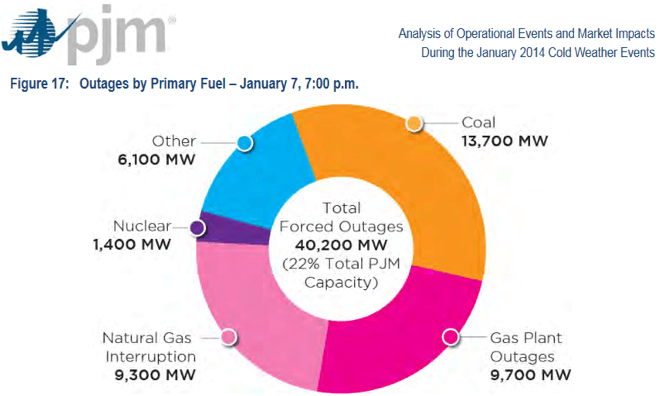Renewables on the grid: Market-based solutions support reliability
AWEA supports creating markets for grid reliability services as the most cost-effective way to ensure electric reliability.
Renewable resources are already able to provide many of these grid reliability services as well as or better than conventional power plants. As shown in the following table, wind plants already exceed the reliability services contributed by conventional power plants, particularly for the reliability services that are the most critical for keeping the lights on.
As the table below shows, no single energy source excels at providing all of the reliability services that are needed to keep the lights on. As a result, grid operators have always used a division of labor and a market-based approach to provide reliability services, ensuring the resource mix meets the grid’s needs in the most economical way. Wind and solar plants make important contributions to that mix, as further documented via the links in the table:

Grid disturbance ride-through: It is critical that all power plants on the system be able to ride through grid disturbances that result in frequency or voltage fluctuations, many of which are caused by the abrupt loss of a large conventional power plant. This is necessary to prevent a disturbance from causing a cascading outage on the power system.
Wind plants have excellent ability to ride through grid disturbances, as their power electronics protect the turbine generators from grid disturbances. This builds a more resilient power system, because as NERC defines it, “Operating resiliency is the ability of the electric system to withstand sudden disturbances such as electric short circuits or unanticipated loss of system components.”
Voltage and reactive power control: For power to be transmitted efficiently and to protect grid and consumer equipment, voltage must be maintained within acceptable levels at all points on the grid. Power plants help regulate system voltage by providing reactive power in response to voltage fluctuations.
The power electronics discussed above also enable wind and solar plants to provide reactive power support to regulate voltage on the power system. This response is fast and accurate, and can be available even when the renewable plants are not generating electricity.
A common misperception is that wind turbines are not available to provide reliability services because capacity factors for new wind plants range around 40 to 50 percent of theoretical maximum output. In reality, that capacity factor is comparable to the average capacity factor of natural gas power plants, hydroelectric plants, and many coal power plants. Moreover, wind turbines typically generate useful amounts of electricity close to 90 percent of the time, which is comparable to the availability rate of other energy sources capable of providing these services, such as coal and natural gas.
Flexibility, frequency regulation, and primary frequency response: Wind and solar plants can also be operated in a highly flexible, dispatchable manner to quickly and accurately follow fluctuations in electricity supply and demand to keep frequency stable, as is now done regularly by grid operators in Texas and Colorado. NERC recently noted that the Texas power system’s frequency response is noticeably improved when wind output is high.
Wind and solar improve power system resilience
Increasing wind and solar power also add to grid resilience. Cold snap events in Texas in 2011 and during the polar vortex event across much of the country in 2014 confirmed that no energy source is immune to reliability challenges. During each event a large share of the coal fleet simultaneously failed due to extreme cold, as shown below. During each, wind energy output was well above expectations for its contribution during a peak demand period, helping keep the lights on for millions of customers. PJM also recently found that energy mix scenarios with a very large share of wind generation were some of the most resilient to unexpected weather events.
Rebutting another common misconception, the gradual and predictable variability of wind output is also far less costly for grid operators to accommodate than the abrupt failures of large conventional power plants.
Markets are key
Markets for grid reliability services, called ancillary services markets, are the most efficient way to procure these needed services. Wind and solar will continue to increase their participation in such markets, particularly as technologies like smart inverters and fast controls expand the reliability services they can cost-effectively provide.
As illustrated in the table above, many resources, including wind and solar plants, are capable of providing those services. Wind plants may not always be the most economic resource to provide all of those services, just as coal and nuclear plants do not typically provide flexibility or other reliability services. That’s fine; in fact, that’s the beauty of markets. Markets find which resource can provide a service at lowest cost at that moment, and use a division of labor across a diverse energy mix to keep the lights on.
Renewable resources have historically fared well under wholesale electricity markets, particularly compared to regions that lack centralized electricity markets. Of total U.S. wind deployment, 83 percent has occurred in wholesale Independent System Operator markets (ISOs), even though those markets only account for about two-thirds of U.S. electricity demand.
Texas, which has a competitive wholesale electricity market, leads the nation in wind deployment. It has around three times as much wind power capacity as any other state, enough to rank it 6th in the world if it were a country. Thanks to continued technological improvements, we expect renewable resources will continue to flourish in fair and open electricity markets.
Focus on reliability services, not “baseload”
The term “baseload” has driven some confusion in discussions of grid reliability. As a wide range of experts have explained, “baseload” is a mostly obsolete term that has no relationship to the reliability services the grid needs. Instead, as a wide range of experts have explained, we should focus on creating markets for the actual grid reliability services that are needed.
“As some of the coal and nuclear power plants face retirement decisions, focusing on their status as baseload generation is not a useful perspective for ensuring the cost-effective and reliable supply of electricity,” the Brattle Group concluded last month.
Rather, “baseload” referred to power plants that ran most of the time for the simple fact that they provided the lowest-cost energy due to their low fuel cost. However, now that renewable resources are able to provide energy with zero fuel cost, some utility executives and grid operators say they view wind and solar as “the new baseload.”
Electric reliability is strong and increasing
Electricity markets, and the multiple layers of regulatory checks already in place at the state, regional, and federal level, are successfully working to ensure that electric reliability remains strong. As the North American Electric Reliability Corporation (NERC) and other experts have concluded, ongoing and planned power plant retirements do not pose a reliability threat. Last month, the CEO of NERC testified to the Federal Energy Regulatory Commission that “the state of reliability in North America remains strong, and the trend line shows continuing improvement year over year.”
The chart below, compiled from grid operator data and included in NERC’s Long-Term Reliability Assessment, shows that all regions greatly exceed their targeted level of power plant capacity through at least 2021. Moreover, the regions with the most coal plant retirements, PJM and SERC, exceed their capacity reserve margins by double digits even under the most conservative planning standard.
 In short, electricity markets and renewable energy are working well to ensure electric reliability, and we support expanding market-based solutions to further improve reliability.
In short, electricity markets and renewable energy are working well to ensure electric reliability, and we support expanding market-based solutions to further improve reliability.







